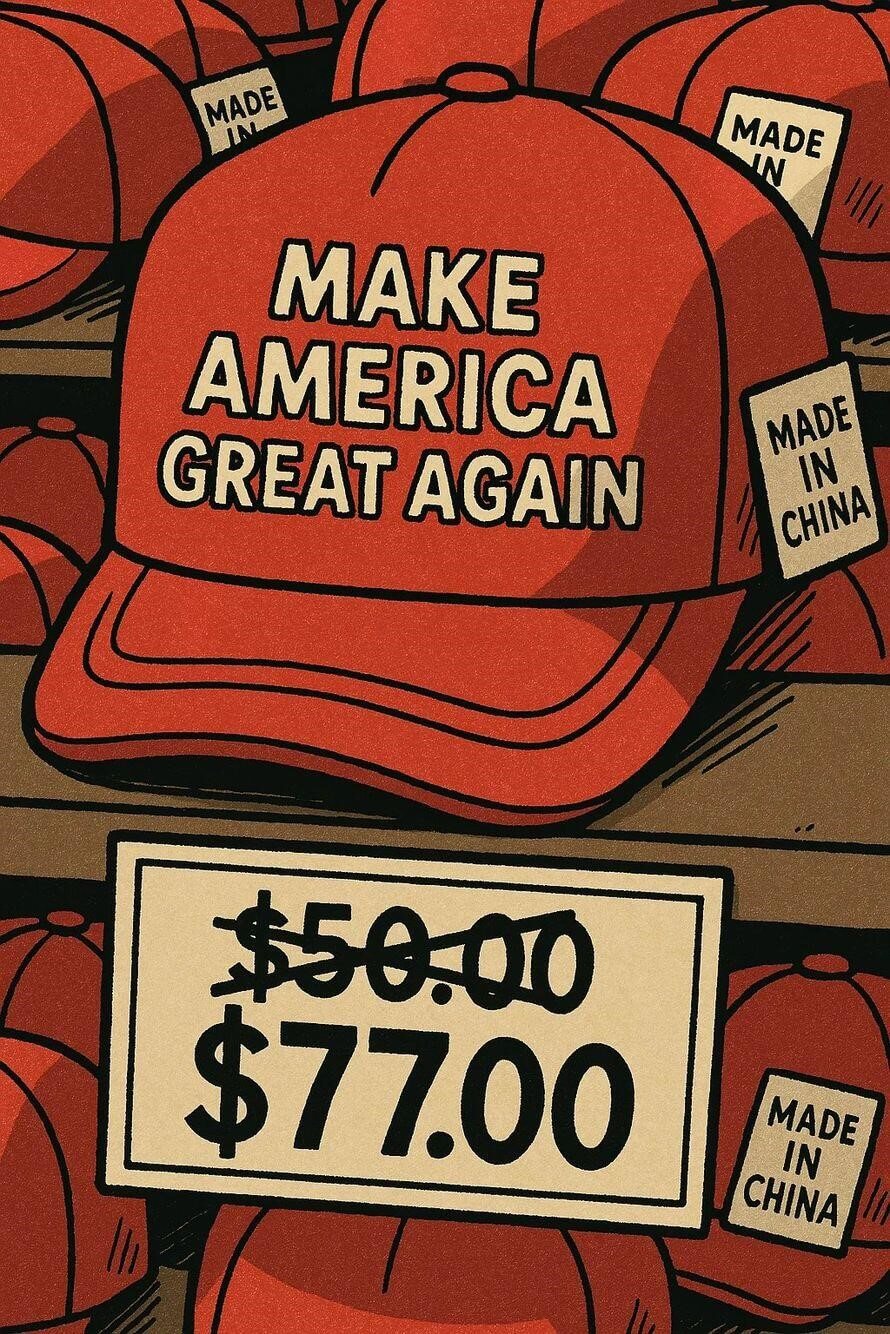July proved an eventful month, to say the least. The assassination attempt on Donald Trump, shortly followed by US President Biden’s decision not to run for re-election, somewhat eclipsed an important development in China, where the ruling Communist Party decided on a significant enhancement of the country’s social security system, in a bid to boost domestic consumption. As for equity markets, they underwent their first (minor) correction in many months – far from sufficient to bring the valuation of “magnificent” stocks into attractive territory.
On 15 July, the Chinese Communist Party began its “third plenum”, a meeting held every 5 years or so, that aims to map out long-term policy trends. This time round, social security was one of the main topics. The fact that such government spending (e.g. on pensions and medical care) today accounts for only 15% of China’s budget, far below “developed” world levels, explains why Chinese households save so much (ca. 50% of their income), and thus why the country has so far mainly relied on external sales to meet its growth targets.
But with protectionist barriers being increasingly erected in both the US and Europe, Chinese exports are starting to falter, making the need for a transition to a domestic-demand-driven economy more urgent.
Improving the social safety net is thus seen by the government as a means to encourage Chinese people to save less and spend more. If the measures work as planned, China’s GDP growth could indeed improve (significantly).
Unfortunately, because of the current difficult geopolitical landscape, the potential upturn in growth – unlike prior episodes of Chinese stimulus – will do little to benefit the rest of the world. Effectively, China looks set to increasingly become a standalone economy, manufacturing and consuming its own products.
Electric vehicles (EVs) are a telling example. Of the 42 million EVs produced worldwide to date, half have been sold in China – thanks in part to the widespread availability of charging infrastructure (alongside subsidies to local carmakers, which can therefore market cheap EVs).
In the US and Europe, by contrast, EV sales are rather weak and even slowing down somewhat, due to a lack of charging stations and to higher price tags, amongst others. During the initial adoption phase, the price differential vs. combustion engine cars was somewhat offset by substantial state subsidies. As these purchasing bonuses are progressively removed, demand is falling sharply, Germany being a prime example.
No surprisingly, Western automakers are thus delaying their transition to all-electric production models – and also reported disappointing second quarter results. Which caused a correction in their share prices during the month of July.
Several of the major US and European technology “darlings” also fell (sharply) on below-target earnings reports. This came as no surprise to us, having repeatedly warned that analyst expectations were overly ambitious. And that extreme valuation levels would amplify a correction in the event of disappointing results.
Artificial intelligence undoubtedly promises much good, but investors are now starting to realise that patience will be required before heavy current corporate investments translate into additional sales and earnings. To some extent, the same goes for the much vamped energy transition – with the additional concern that government support seems to be waning, as the European commission notably scales back some programmes because of protests (farmers) and financial constraints.
All told, the current economic picture is one of uncertainty and global slowdown, with European GDP growth flat during the second quarter, the US holding up better at 2.7% (thanks mainly to an inventory build-up, however) and China focussing, as already mentioned, on domestic stimulus measures to rekindle its crumbling growth.
Analyst earnings expectations remain (very) high, optimism continues to prevail within the investor community, and geopolitical uncertainties are more than likely to fuel market volatility during the coming months – in the runup to the US presidential election.
All this still argues for a cautious and highly diversified asset allocation in our view.
Within the equity segment, choosing is not easy. Relative growth dynamics play in favour of US stocks, but their prices are high. Local Chinese companies could become more interesting, if domestic growth does pick up, but investing there involves accepting the risk of unpredictable and arbitrary government intervention.
As for the bond segment, yields are still interesting, justifying our progressive increase in duration over the past few months. Moreover, it appears that rates have now passed their peak and a downward trend has begun. Nonetheless, longer-term risks associated with ever-increasing sovereign debt should not be overlooked. If financial markets begin to question its sustainability, they will demand a risk premium that could negate the impact of rate cuts. According to a recent report[1], assuming an average interest rate of 4.75% on US government debt, the annual interest expense stands to increase to USD 1.65 trillion – accounting only for existing debt, not new financing needs. This is “over USD 300 billion above the government’s next largest expenditure, social security. Furthermore, it is double defense spending for 2023”! Meanwhile, on this side of the Atlantic, the European Commission has officially warned seven member countries about excessive public spending, including France and Italy – two economic heavyweights.
A lot of money has been squandered over the past two decades but, at some point, the facts will need to be faced. This is not to say that the global debt problem is out of control, but serious measures will be required, in a concerted manner and across all economic blocks. The current (and future) geopolitical configuration is not looking particularly promising in that regard, although hope springs eternal and we can assume that the spectre of the Great Financial Crisis (2008-2009) is still fresh in the minds of policymakers.
[1] “Fiscal Dominance Is Here”, Michael Lebowitz (RIA Advice), 10.07.2024









